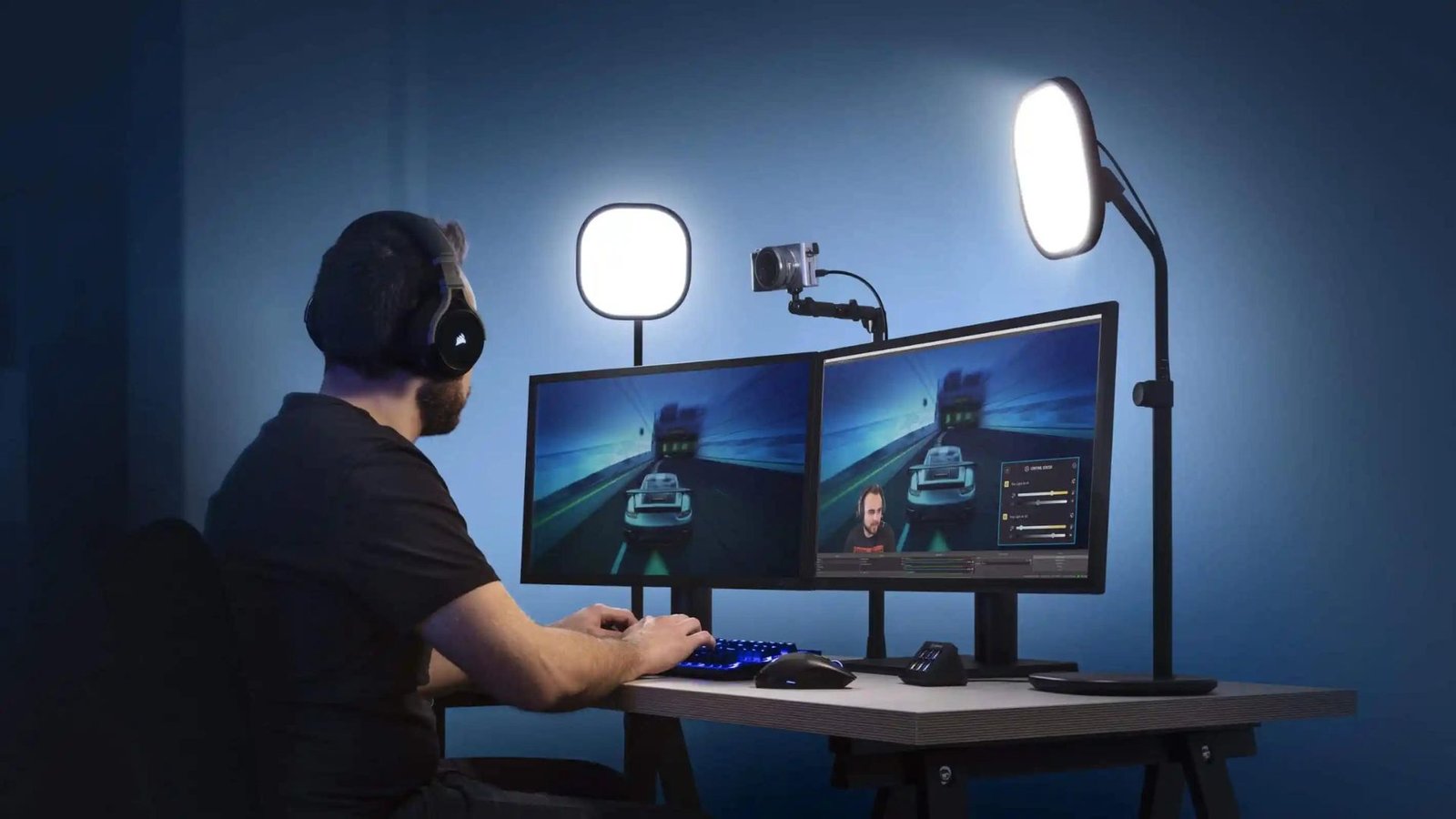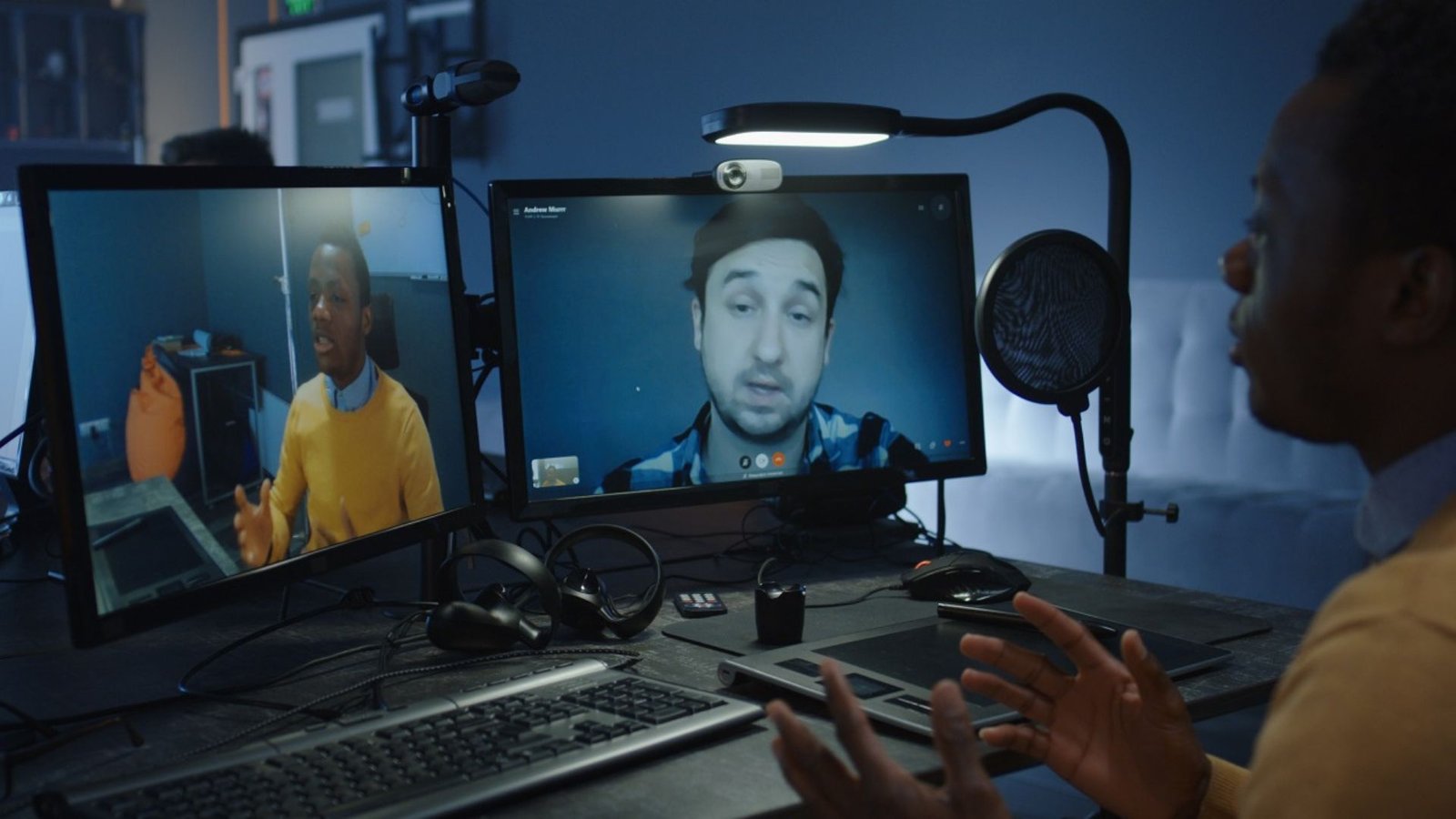Tips for Setting Up a Reliable Video Conferencing System
Setting up a reliable video conferencing system is crucial for seamless virtual meetings. Whether you’re working from home or managing a team remotely, a dependable video conferencing setup ensures smooth communication. In this guide, we’ll share essential tips for setting up a reliable video conferencing system to enhance your virtual meetings.
1. Choose the Right Platform
The first step in setting up a reliable video conferencing system is selecting the right platform. Look for a service that offers stability, ease of use, and the features you need. Popular options include Zoom, Microsoft Teams, and Google Meet. Make sure the platform supports high-quality video and audio and integrates well with other tools you use.

2. Invest in Quality Hardware
High-quality hardware is essential for a reliable video conferencing system. Invest in a good webcam and microphone to ensure clear video and audio. A high-definition webcam will provide a sharp image, while a quality microphone will pick up your voice clearly, reducing misunderstandings during meetings.
3. Ensure Stable Internet Connection
A stable internet connection is crucial for setting up a reliable video conferencing system. Use a wired connection if possible, as it is more stable than Wi-Fi. If you must use Wi-Fi, make sure your router is up to date and placed in a central location to minimize interference.
4. Optimize Your Workspace
For the best video conferencing experience, optimize your workspace. Ensure that your background is tidy and professional. Good lighting is also important; position your light source in front of you to avoid shadows and make sure your face is well-lit.
5. Test Equipment Before Meetings
Before important meetings, always test your equipment. Check your webcam, microphone, and speakers to ensure they’re working properly. Testing in advance will help you avoid technical issues during the meeting, contributing to a more reliable video conferencing setup.
6. Use Headphones for Better Audio
Using headphones can greatly improve audio quality during video calls. They help in reducing echo and background noise, which is essential for setting up a reliable video conferencing system. Choose headphones with a built-in microphone for clear communication.
7. Keep Software Updated
Regular updates to your video conferencing software and hardware drivers are vital. These updates often include security patches and performance improvements. Keeping everything up to date ensures that your video conferencing system runs smoothly and securely.
8. Manage Bandwidth Usage
If you’re sharing your internet connection with others, manage bandwidth usage to ensure a smooth video call. Close any unnecessary applications that use the internet and ask others in your household to limit their internet activity during meetings. This will help in setting up a reliable video conferencing system.
9. Set Up a Backup Plan
Having a backup plan is essential in case of technical issues. Consider having an alternative way to join the meeting, such as a phone call, if your video conferencing system fails. This ensures that you can still participate even if you encounter problems with your primary setup.
10. Train Users on Best Practices
If you’re managing a team, ensure that everyone is familiar with the video conferencing tools and best practices. Provide training on how to use the system effectively and how to troubleshoot common issues. This helps in setting up a reliable video conferencing system and reduces the likelihood of technical problems.
11. Secure Your Meetings
Security is a crucial aspect of setting up a reliable video conferencing system. Use features like password protection and waiting rooms to control who can join your meetings. Ensure that sensitive information discussed in meetings remains confidential.
12. Manage User Permissions
In video conferencing systems, you can usually manage user permissions. Make sure to set permissions according to your needs. For example, you might want to restrict screen sharing or control who can record the meeting. Proper management of permissions enhances the reliability and security of your system.
13. Regularly Review and Update Settings
Regularly review and update your video conferencing settings to ensure they align with your current needs. This includes adjusting privacy settings, updating user lists, and configuring meeting options. Regular updates are part of setting up a reliable conferencing system.
14. Ensure Compliance with Policies
Ensure that your video conferencing setup complies with any relevant organizational or industry policies. This might include data protection regulations or company guidelines. Compliance helps in setting up a reliable video conferencing system that meets legal and organizational standards.
15. Gather Feedback for Continuous Improvement
Finally, gather feedback from users to identify any issues or areas for improvement. Regular feedback helps you understand the effectiveness of your video conferencing system and make necessary adjustments. This iterative approach ensures that your system remains reliable over time.
Conclusion
Setting up a reliable video conferencing system involves careful planning and attention to detail. By choosing the right platform, investing in quality hardware, and ensuring a stable internet connection, you can create a seamless virtual meeting experience. Regular testing, updates, and user training are also crucial for maintaining reliability. With these tips, you’ll be well on your way to having a dependable video conferencing system that supports effective communication.



